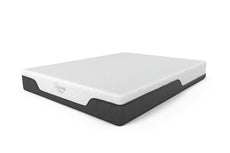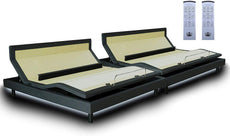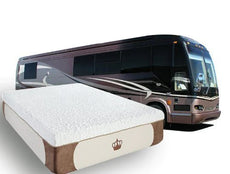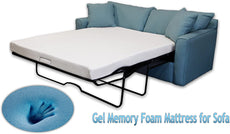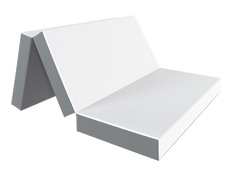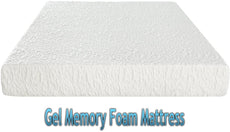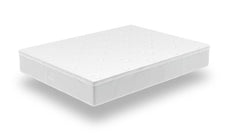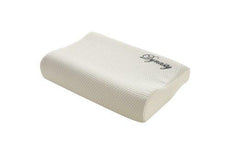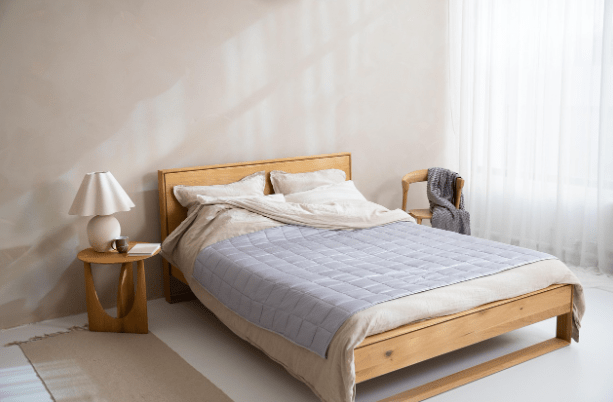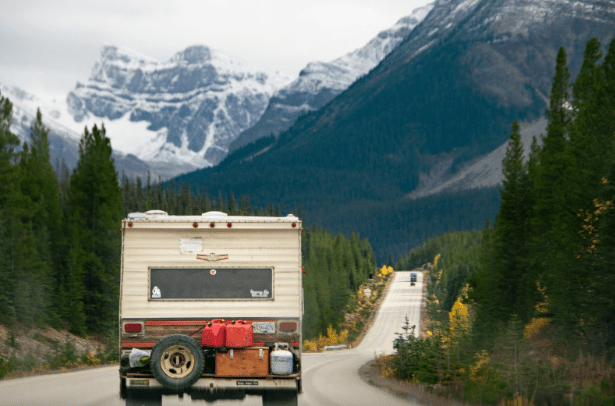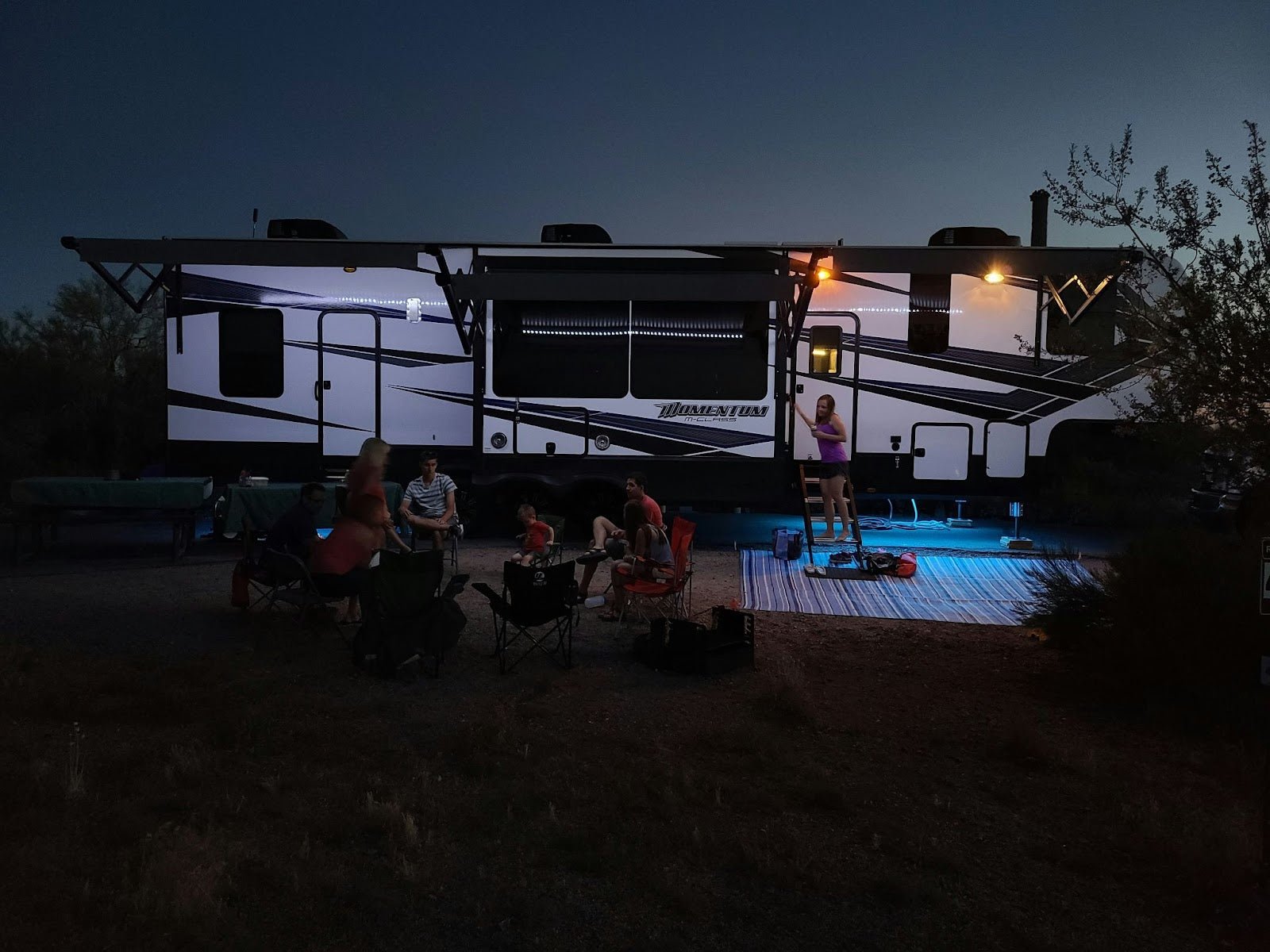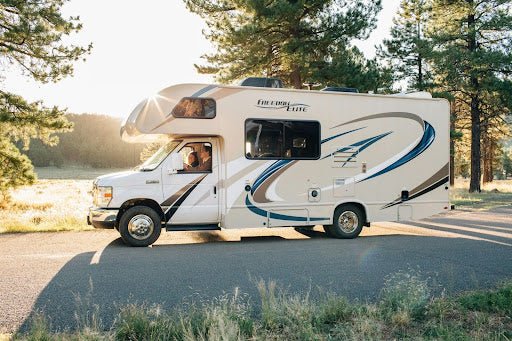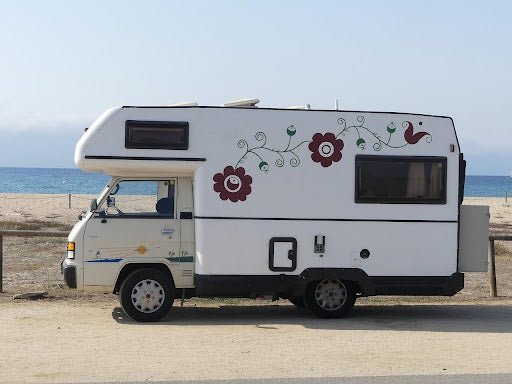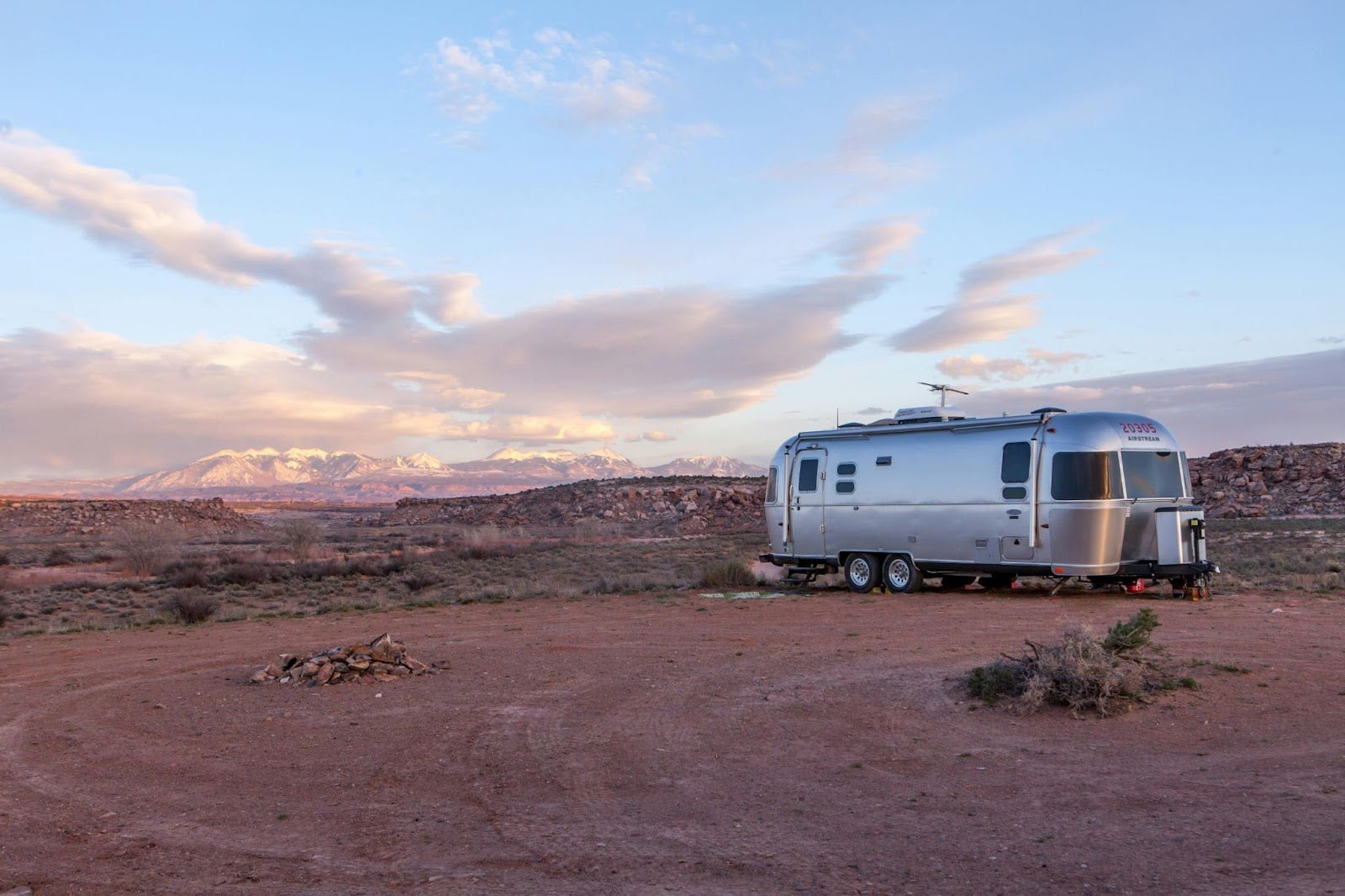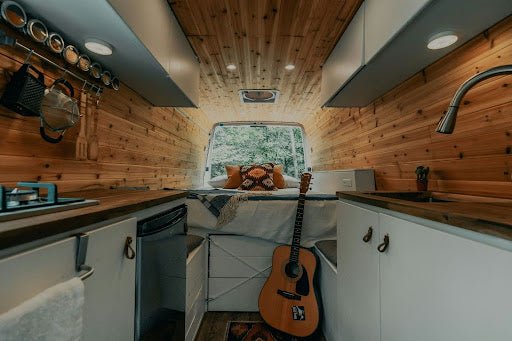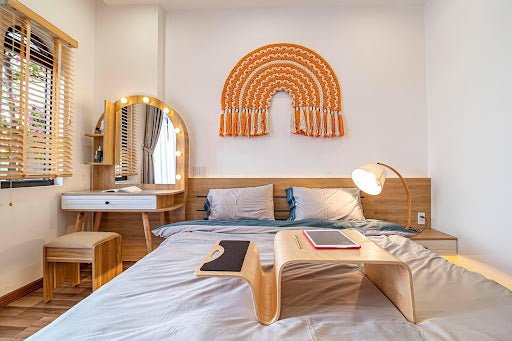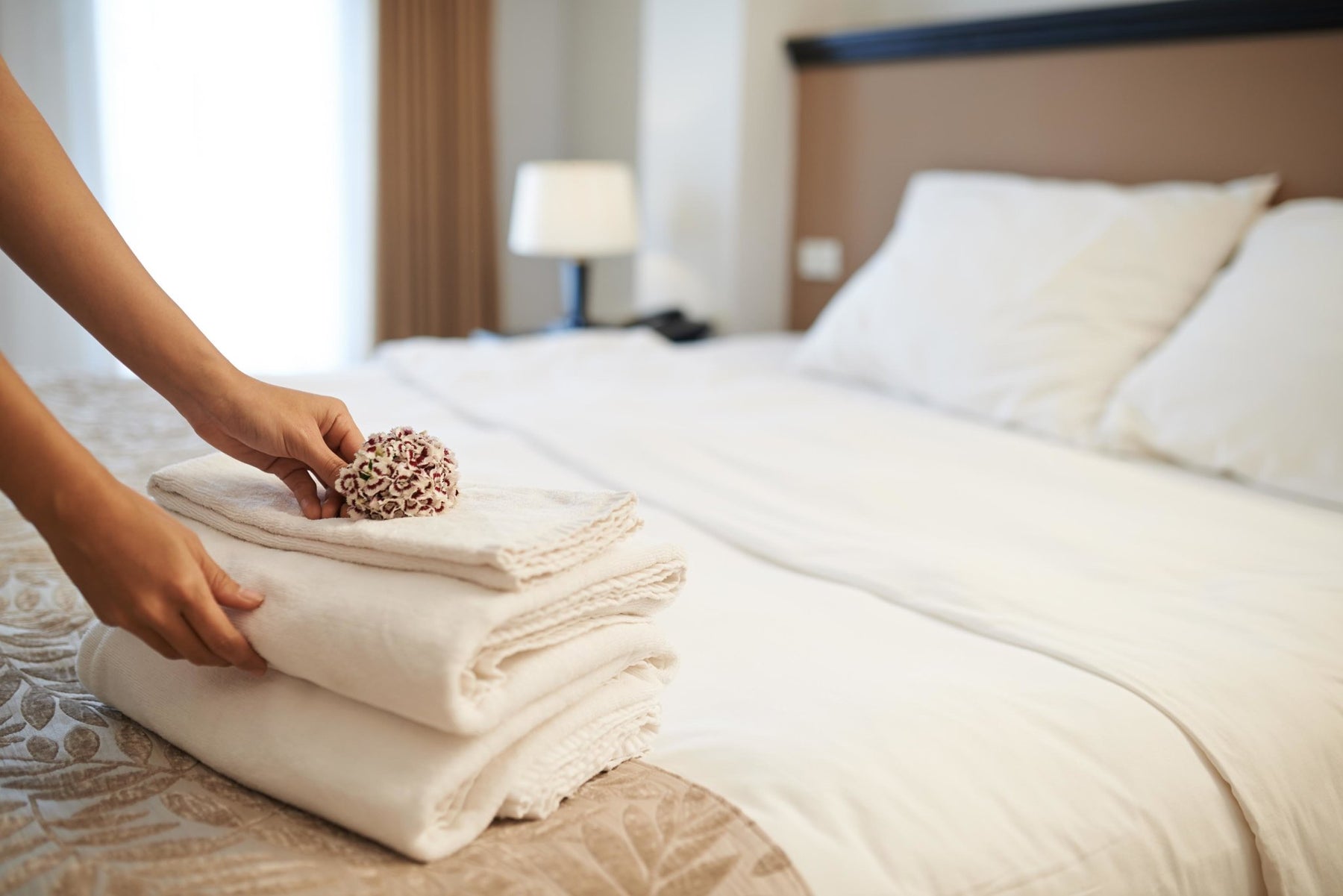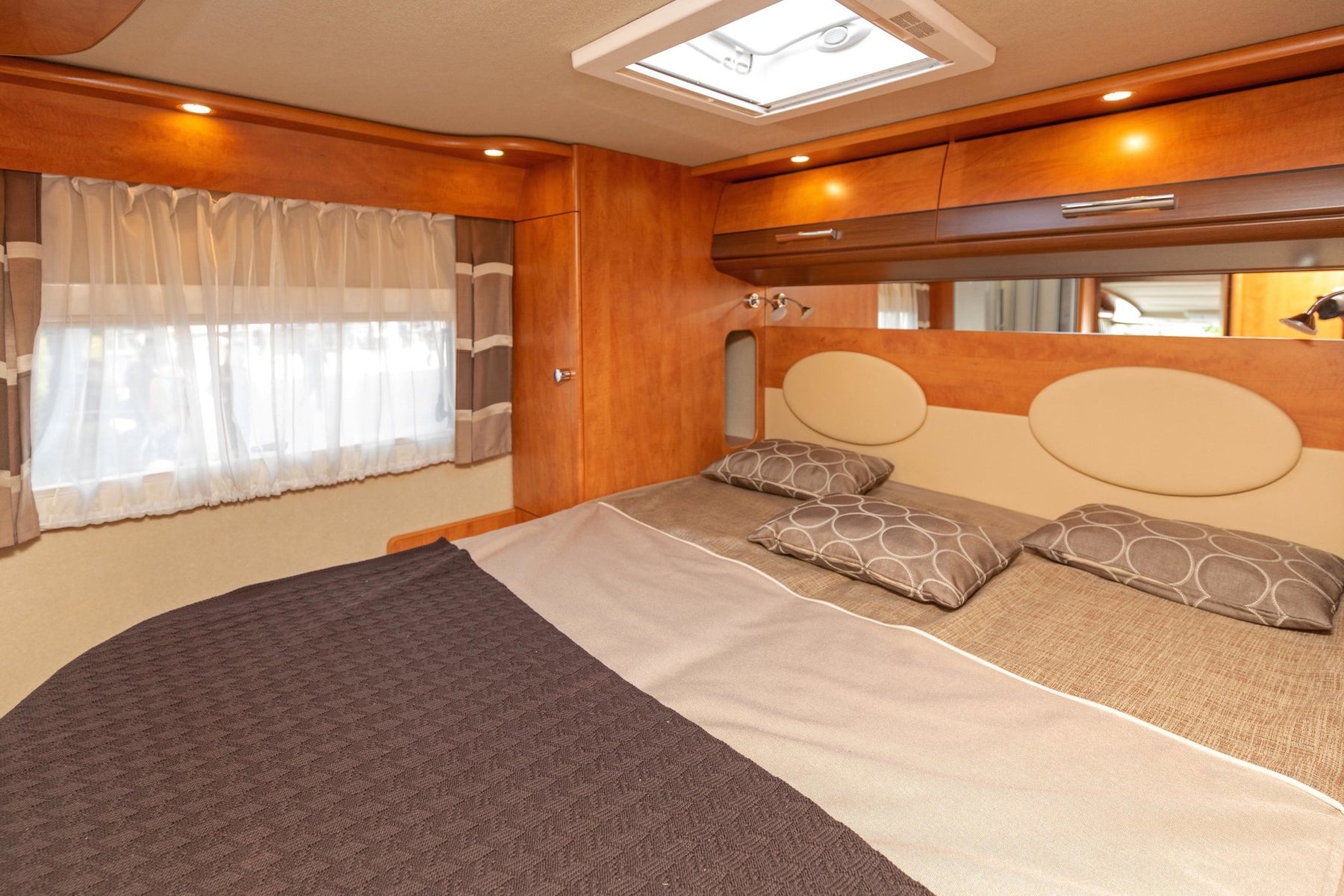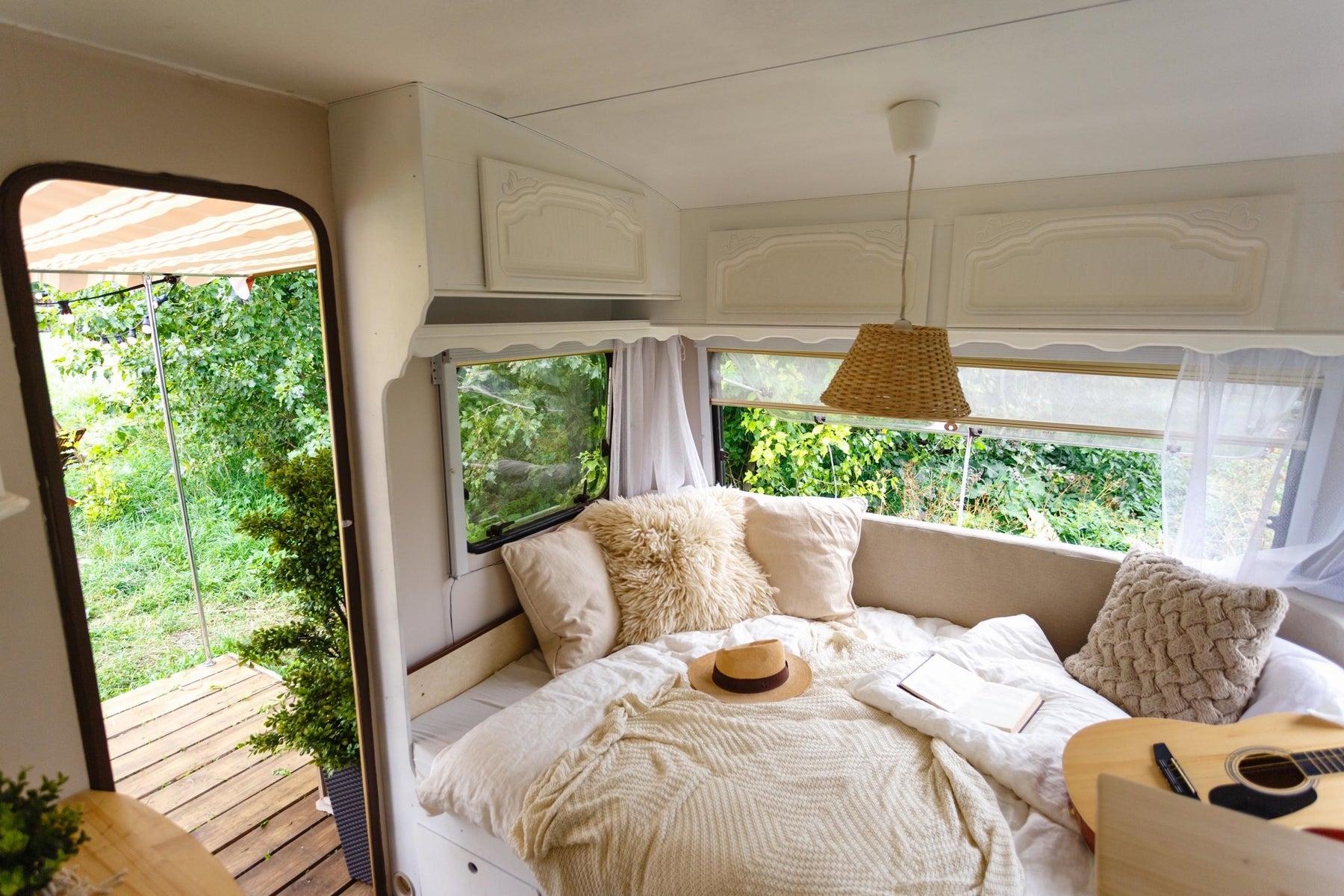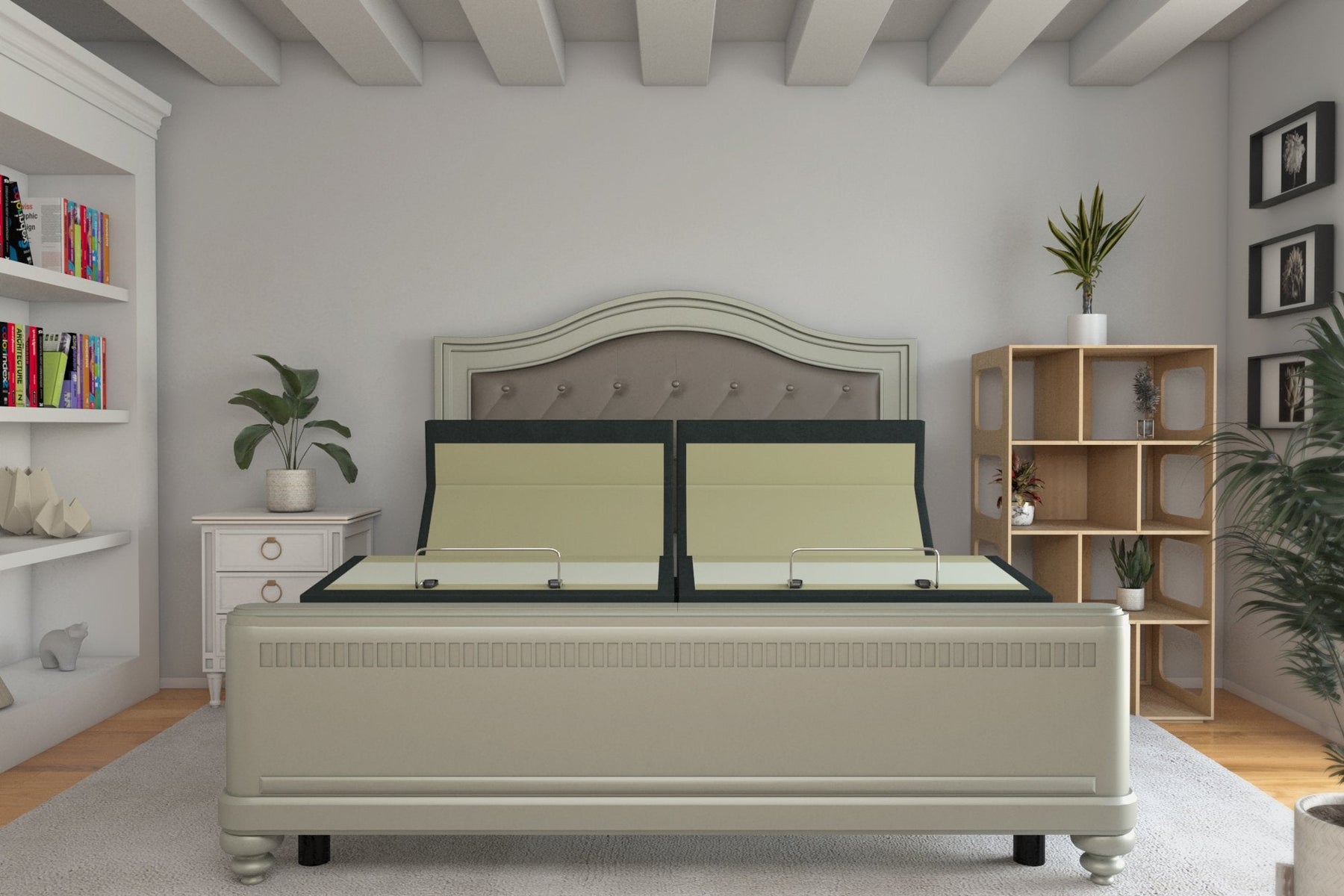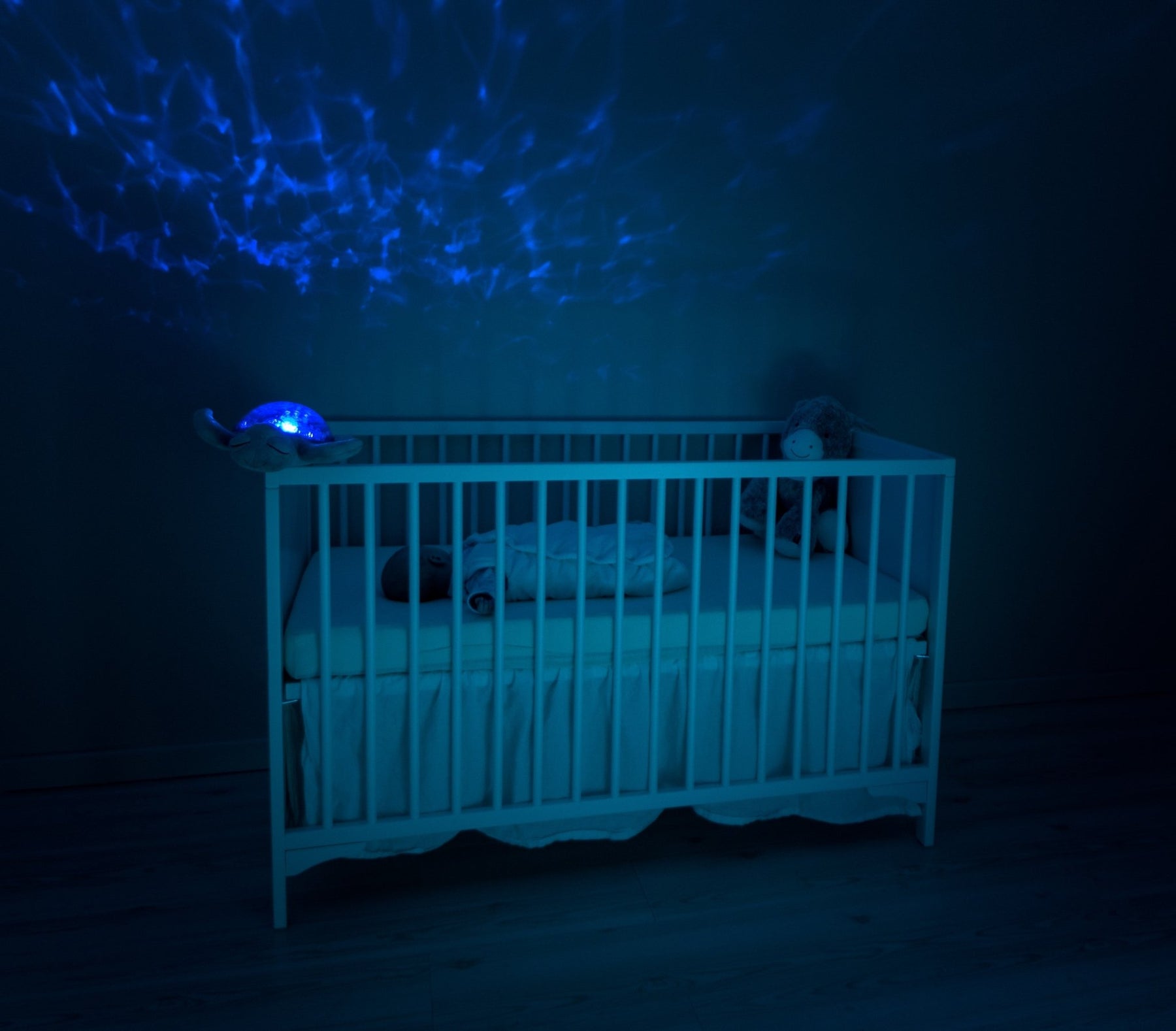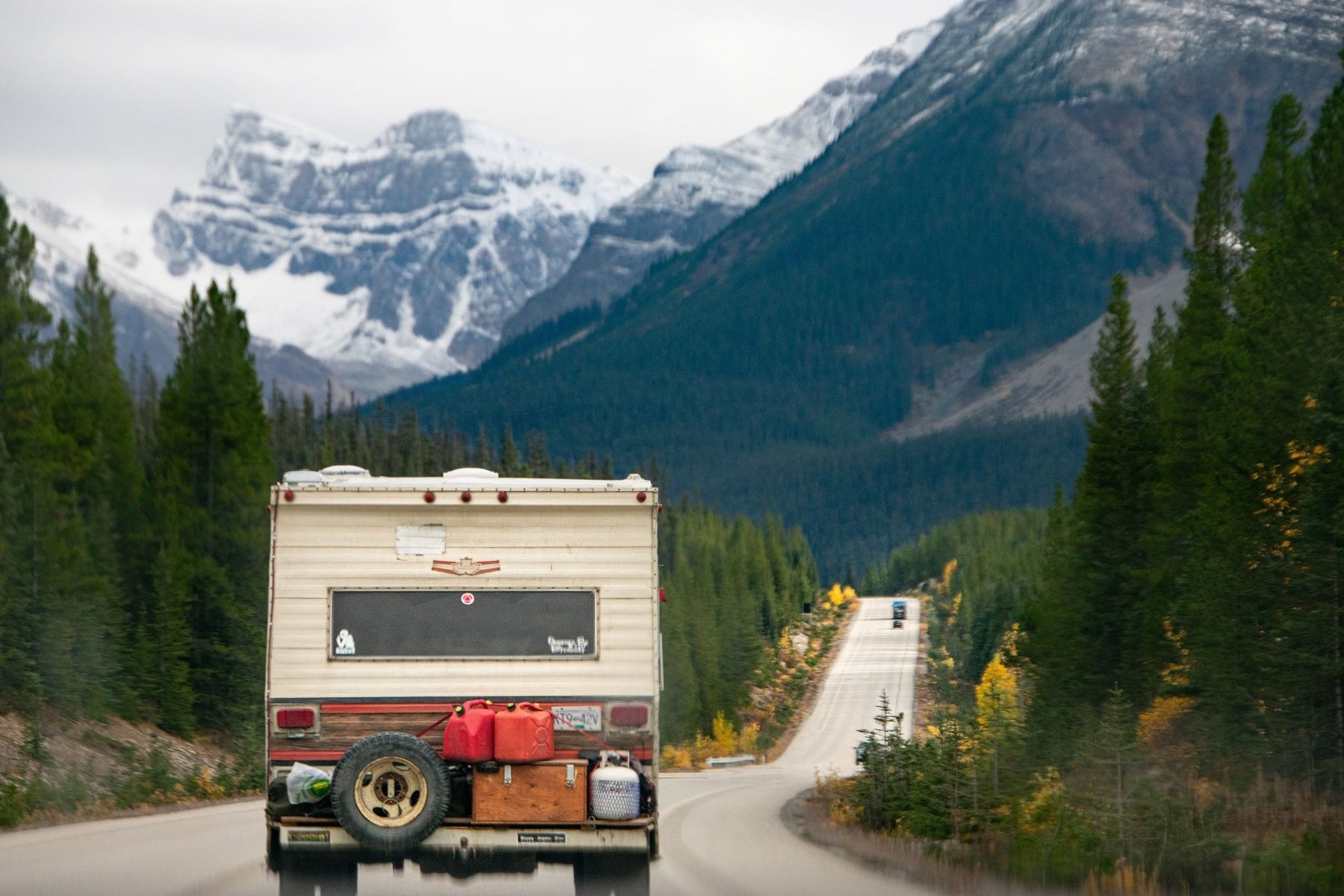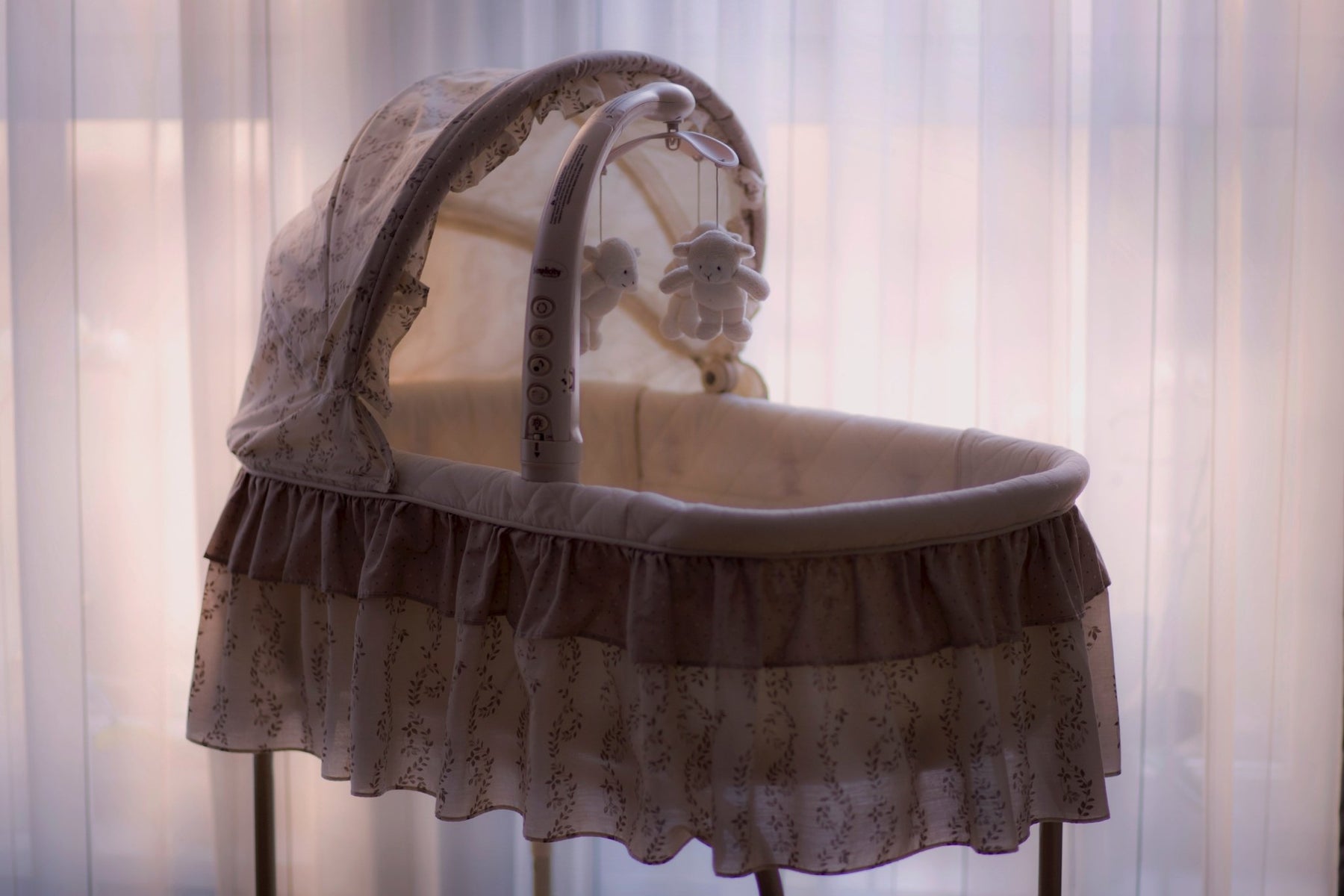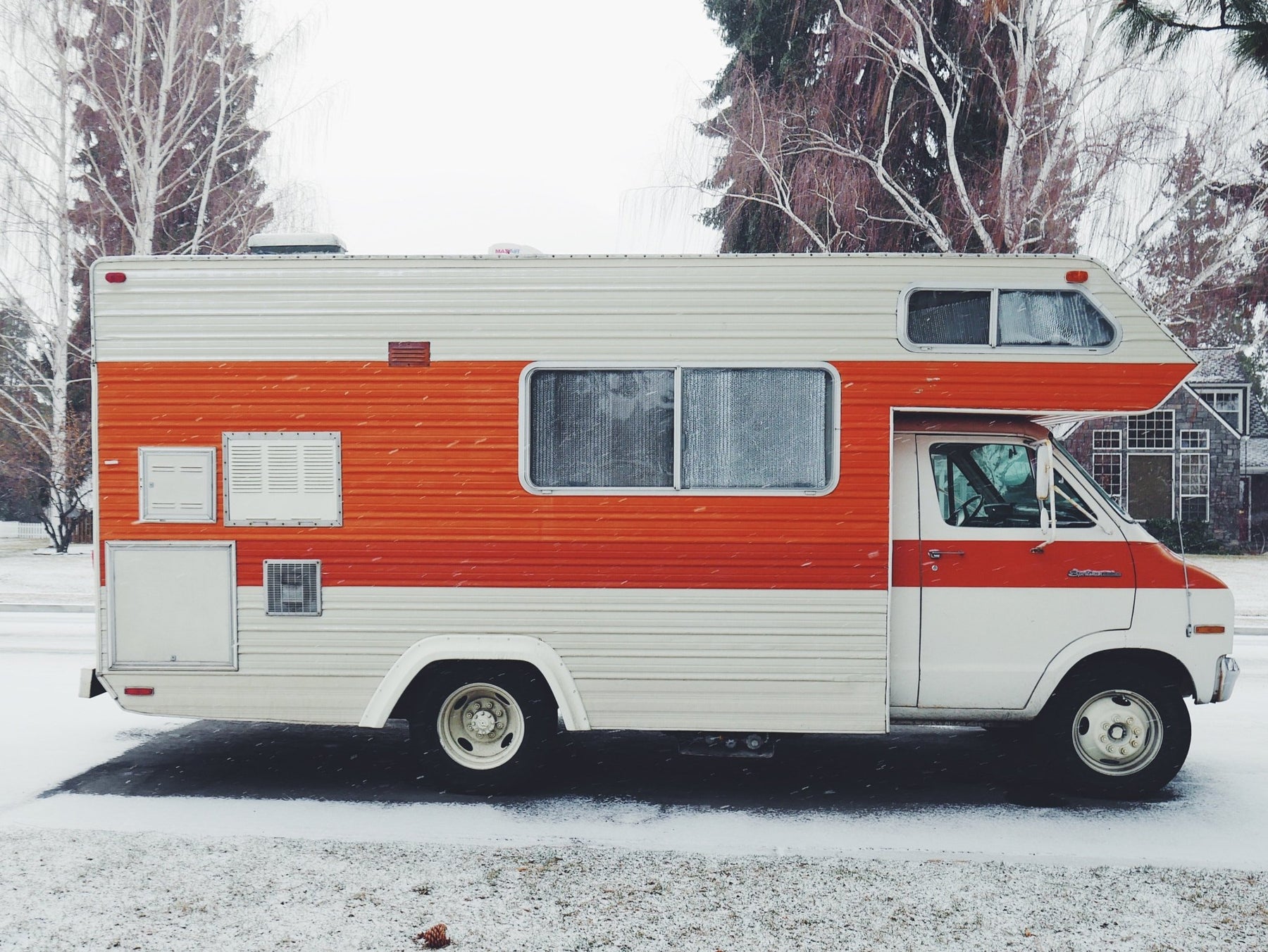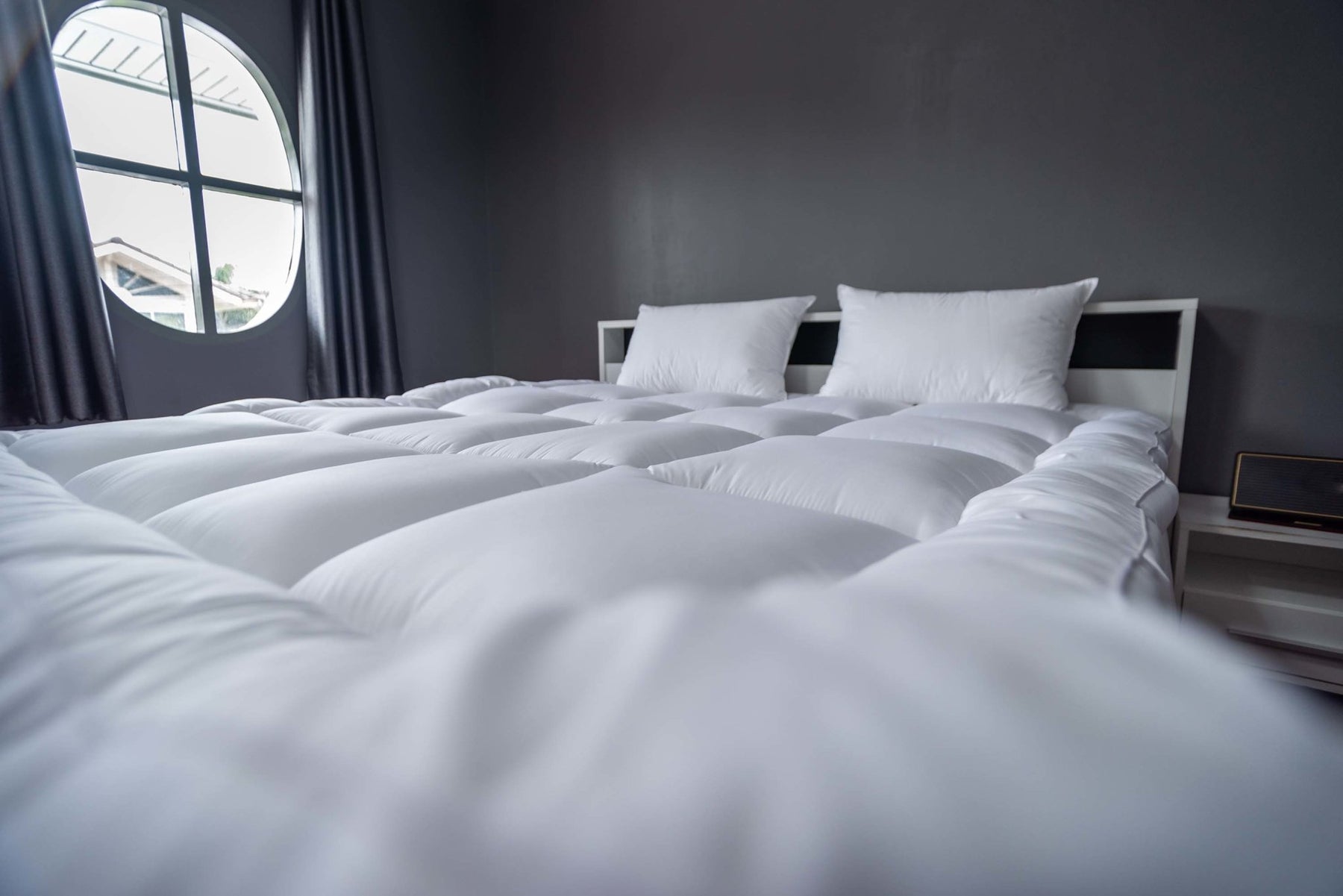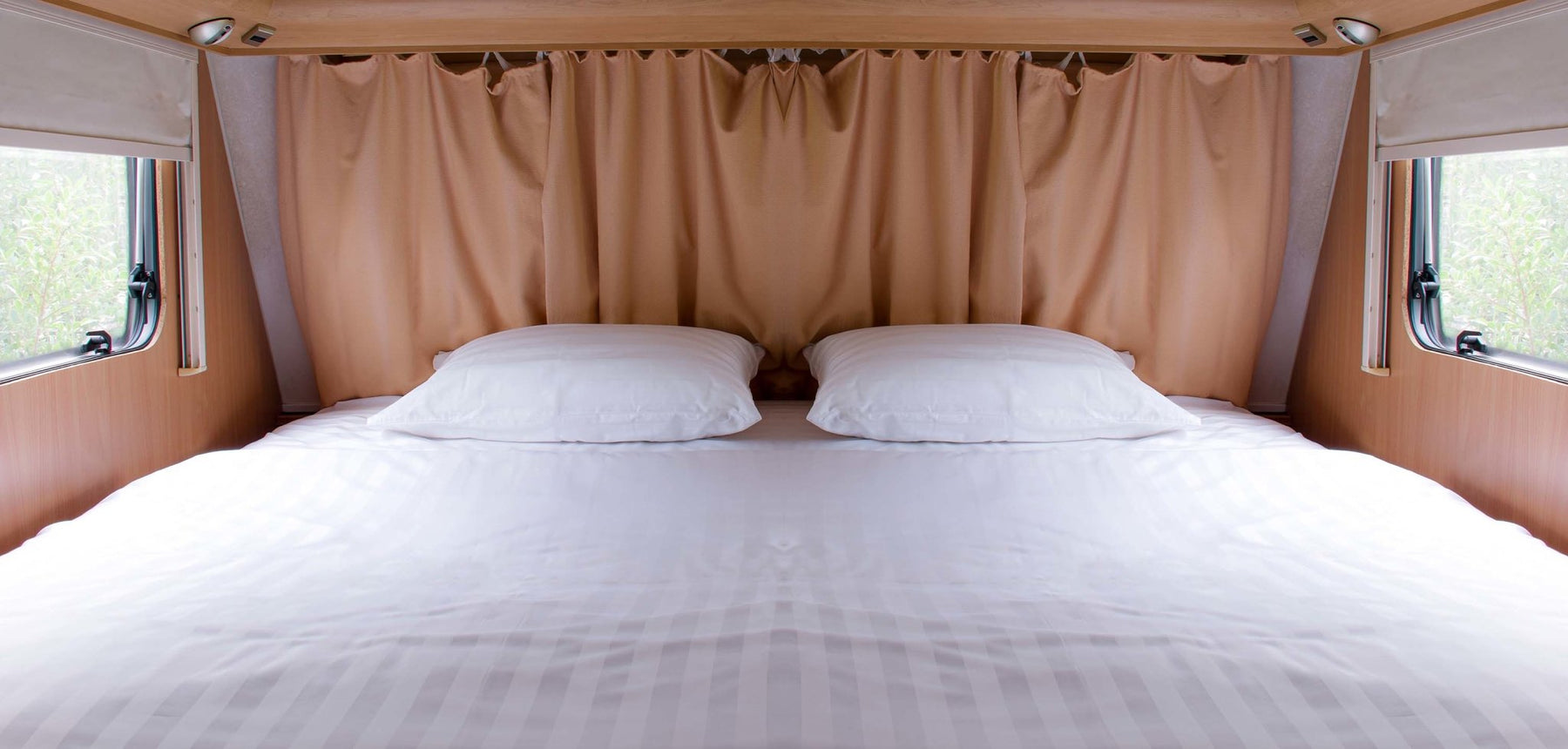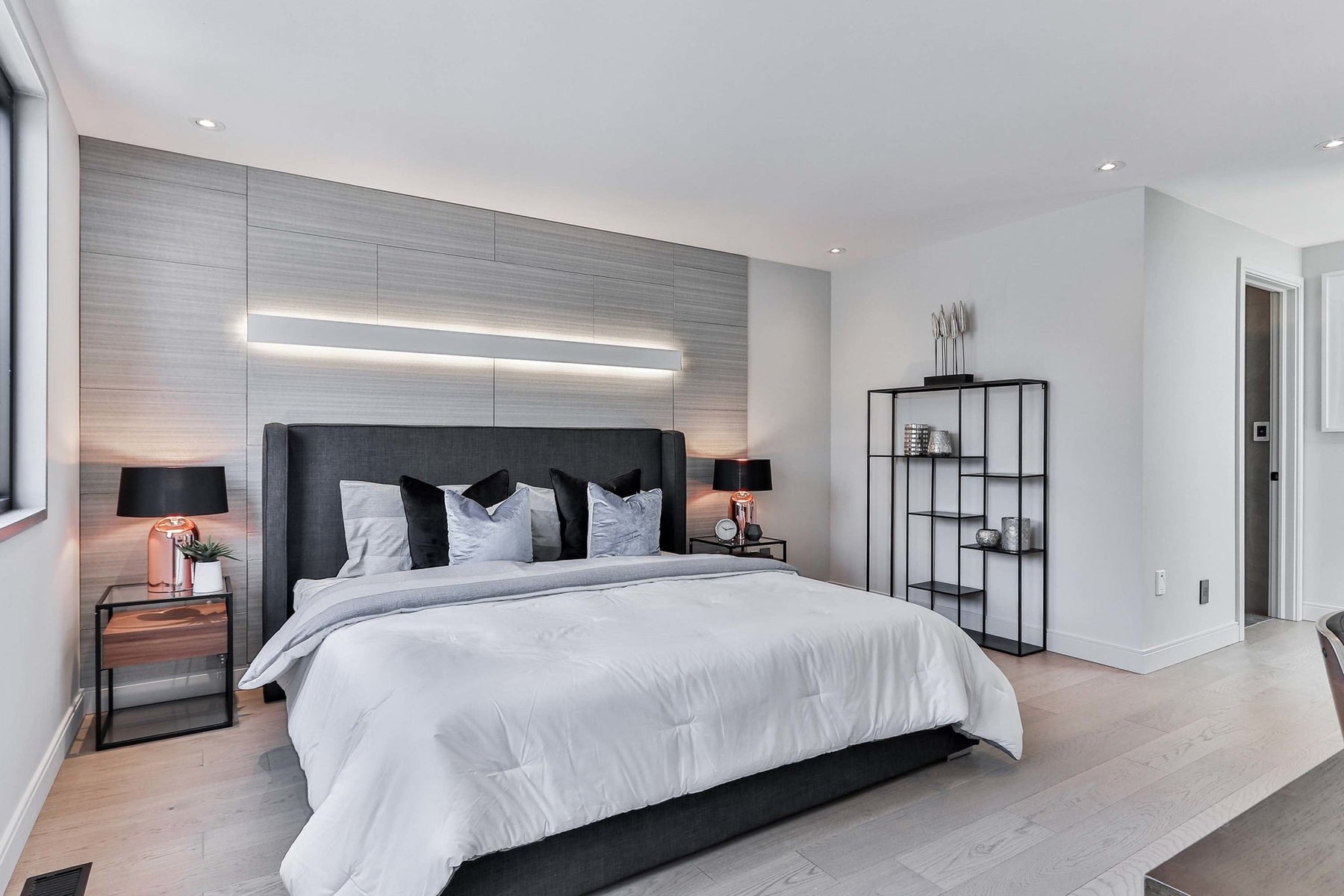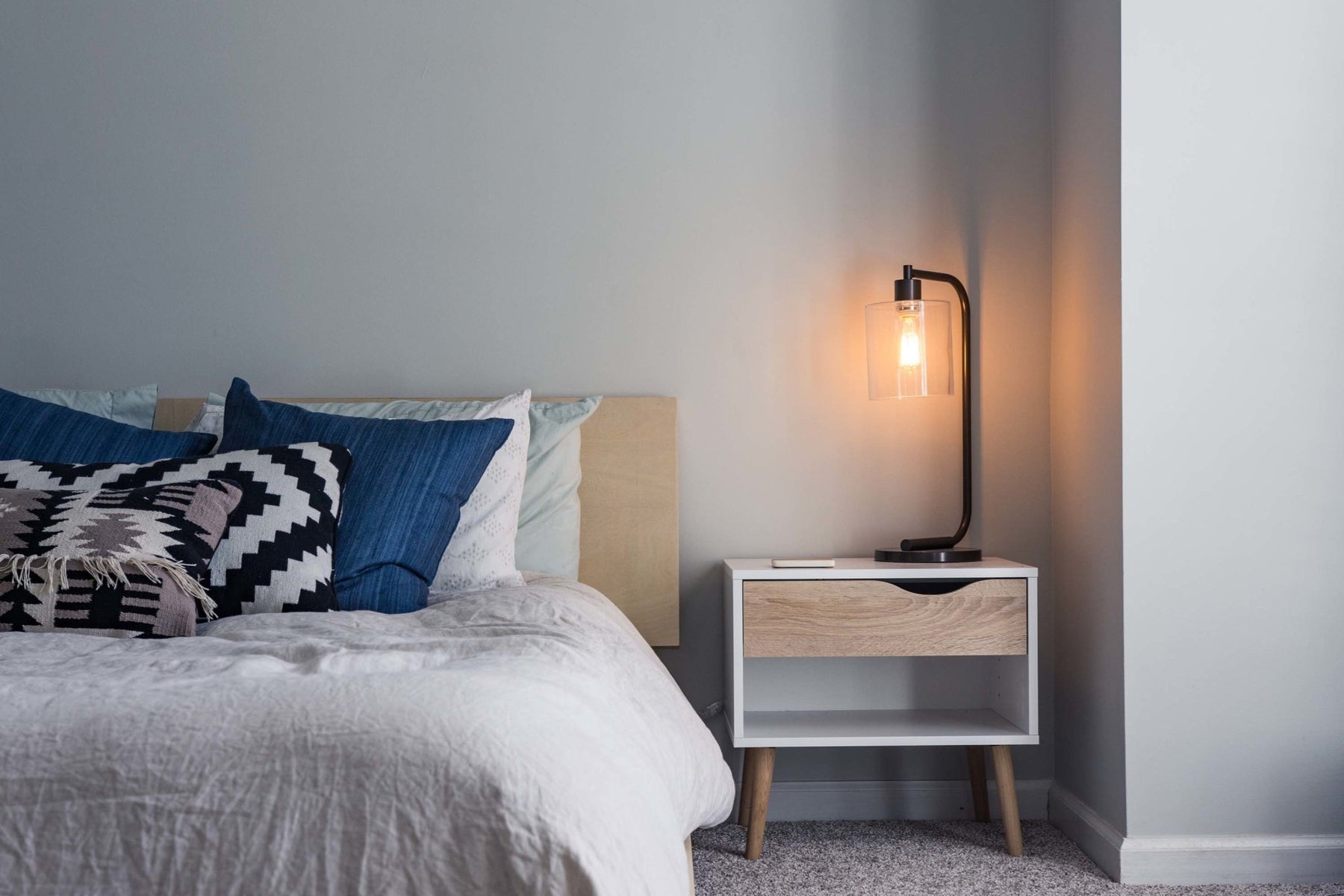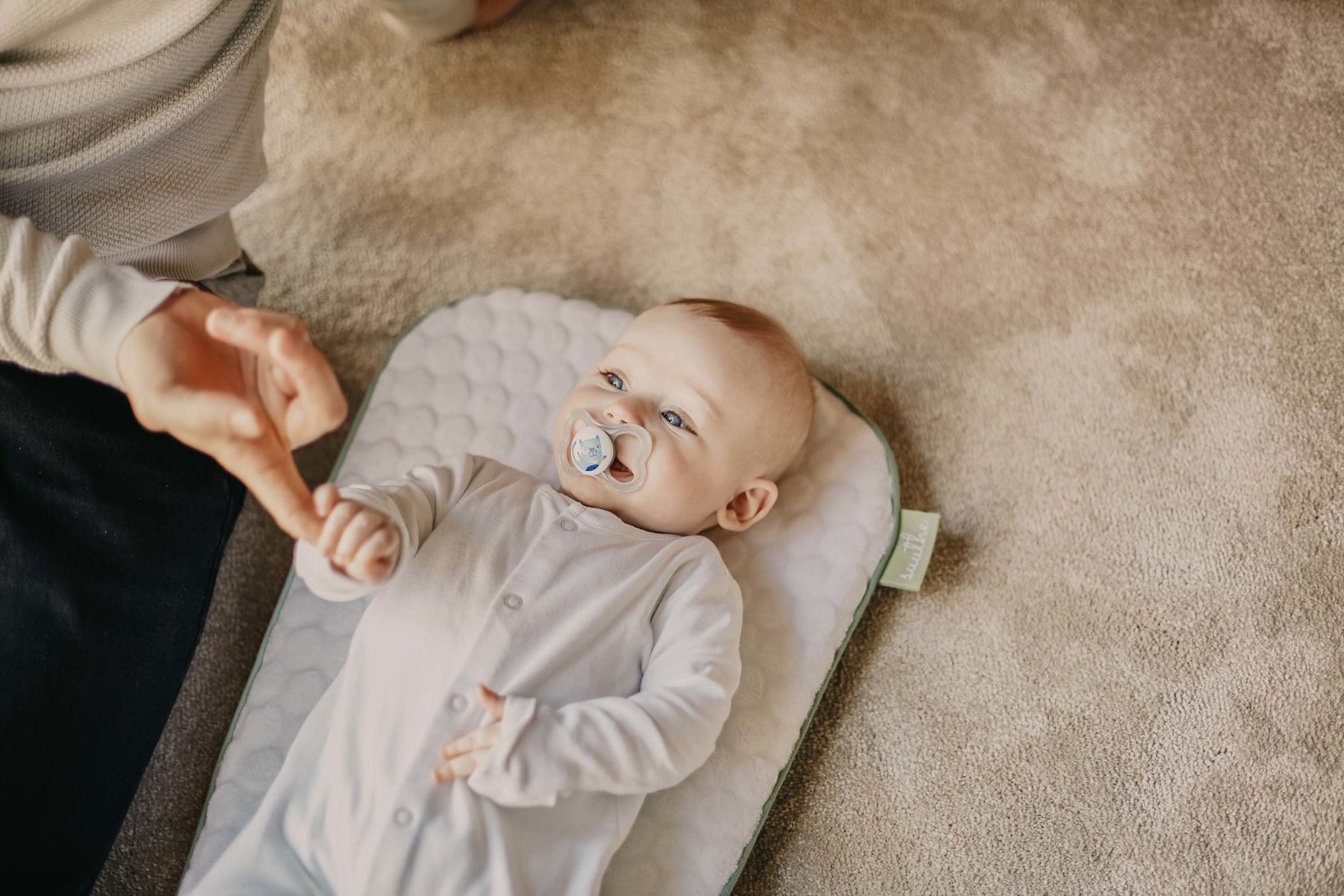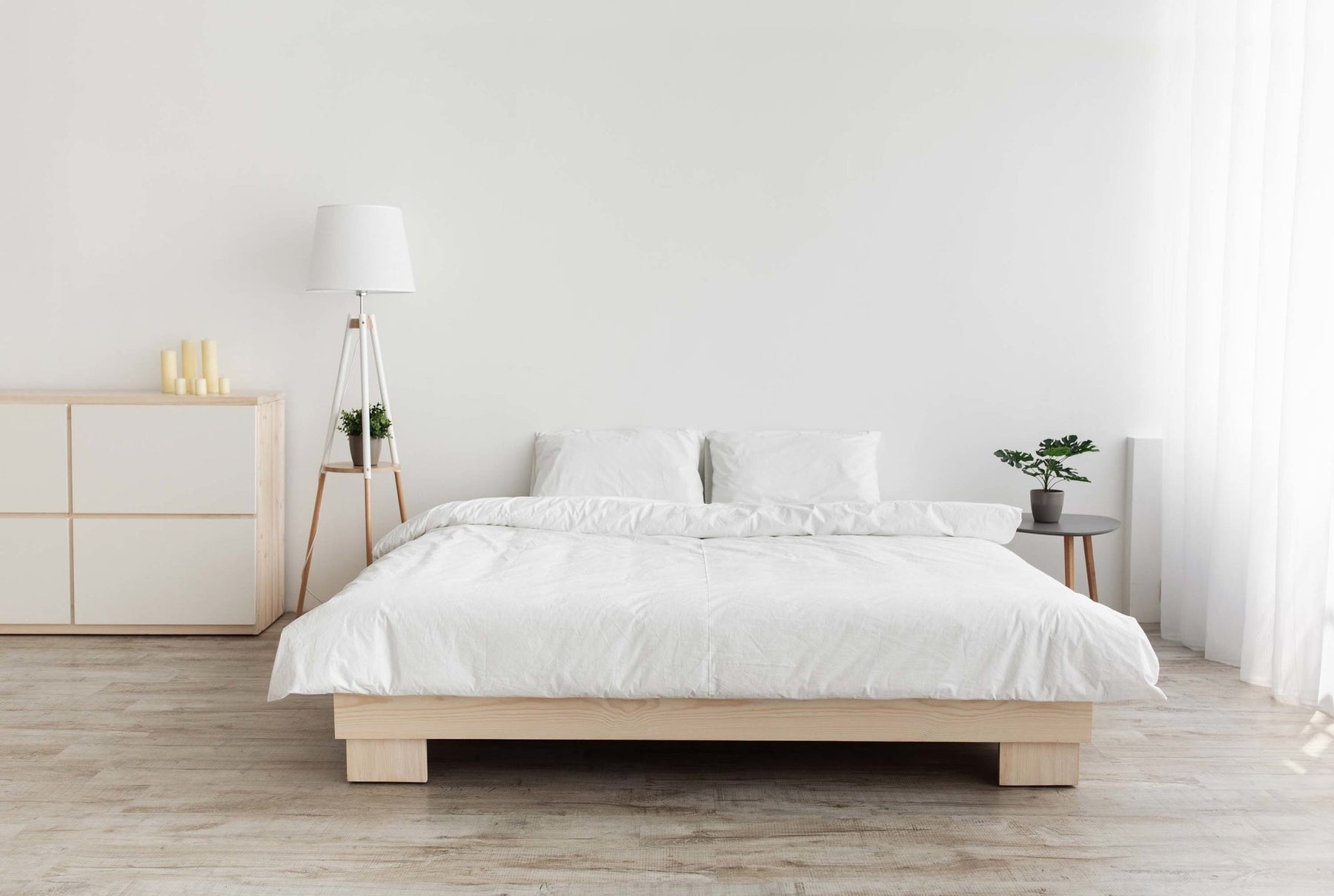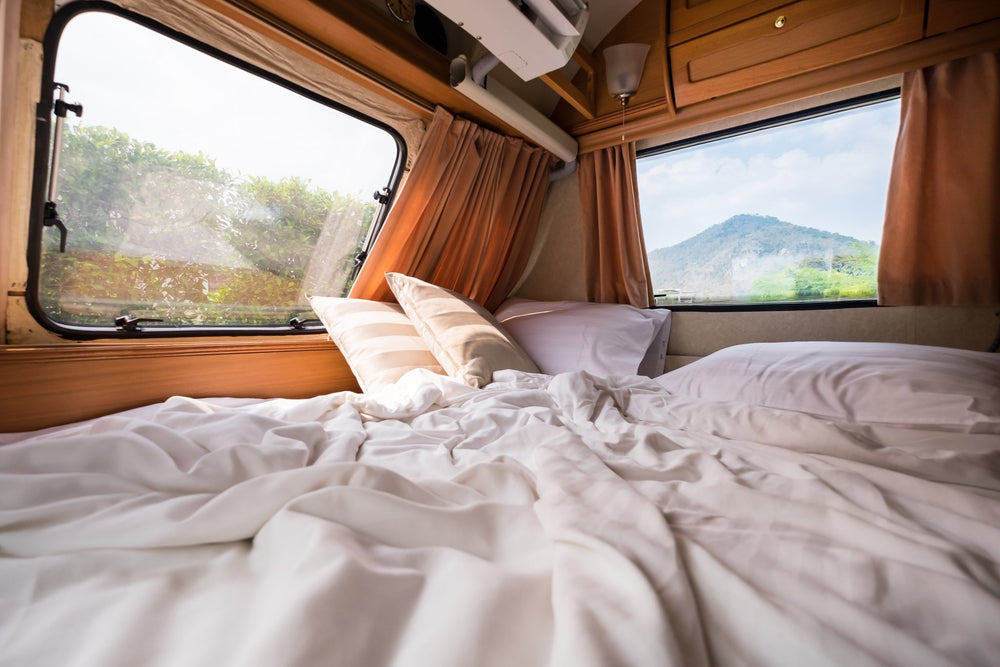
How to Make a Memory Foam Mattress Comfortable in Your RV
Mattresses in your RV are notoriously uncomfortable for a number of reasons--chiefly weight restrictions and size restrictions--which is why so many people seek alternative methods to making their RV mattresses more comfortable. There are a lot of tricks to help a standard mattress feel better in an RV, but there are even better solutions which include ditching your standard mattress for memory foam. In this article we’ll look at how to make a standard RV mattress more comfortable, as well as see how memory foam can solve the problems--and look at ways memory foam falls short and could use a little help of its own.
How to Make a Standard Mattress More Comfortable for Your RV
The problem with an RV mattress is that it is made by the manufacturer to weigh as little as possible: the weight restrictions for towing an RV include everything inside the RV, too, including mattresses, which, we know, can get fairly heavy. So often an RV mattress is little more than a piece of foam rubber, or a flimsy spring mattress with a lot of air inside it. How can you go about making a standard mattress more comfortable?
Pad the Bottom
An RV mattress isn’t sitting on box springs to make it more comfortable; it’s usually sitting on plywood, and that doesn’t feel very good on your back, even with the mattress between you and the base. So a lot of people turn to the solution of putting a piece of foam--sometimes several inches thick--underneath the mattress. If you’ve ever camped in a tent, using a pad under your sleeping bag, you know that while this can help offset the hard ground underneath you, it’s still not terribly comfortable.
Pad the Top
A more common solution to the mattress problem is to use a mattress topper. These are easy to come by, relatively cheap, and simple to install on a mattress. Toppers can come in a variety of shapes and sizes, including egg foam, featherbeds, memory foam, and simple quilted batting. For simplicity sake, these toppers are the easy go-to for giving you a better night’s sleep, but they can only do so much. They really don’t do significantly more than the pad under the mattress, they just might feel more comfortable to the touch. There’s nothing wrong with that--being comfortable to the touch is important--but there are better options.
Stack Mattresses
This is more of a desperation move, but one that many people turn to: stacking one mattress on top of the other. In effect, it’s no different than the above solutions--padding the bottom or padding the top--but it does add quite a bit of height to your bed, plus you are obviously investing in the cost of an entirely new mattress to put on top of the old mattress. If you’re going to be buying a new mattress, there are better options you could try.
One of those options is memory foam.
The Problem with Memory Foam
At first, memory foam seems like the perfect solution. If you’re going to all the trouble to buy toppers or extra foam or even new mattresses, then why not just splurge and get a memory foam mattress? They’re comfortable, they’re proven, and they’re a high-tech solution. Memory foam was invented by NASA to give astronauts better cushioning during take-off; it’s a type of foam that molds to your body, conforming around it to decrease pressure points.
But there are problems with memory foam. The first one is a problem that plagues all mattresses, no matter their style: it can be too soft or too firm. Not all memory foam is alike and simply buying a memory foam mattress without knowing what kind of foam is best for you is a crapshoot. You can wake up with back pain just like you could from a standard mattress.
The next problem with memory foam is a seemingly obvious one, but one that is often overlooked: it can be too thin. Some people think that memory foam is going to solve all of their problems, but a memory foam mattress that is too thin will still reveal the hard surface that is beneath your mattress, and you don’t want that. That leads to pressure points again--exactly the things you were trying to solve.
It’s just too darn hot. Memory foam works because it wraps you up in a little form-fitting package, but that makes you sweat. Form-fitting may be good for your pressure points, but it’s not good for your heat index. And even removing your blanket may not solve the problem, because, as mentioned, the foam wraps around you.
How Gel Top Memory Foam Mattresses Keep You Comfortable
The solution to these problems is the gel top memory foam mattress.
Shop RV Mattresses
First of all, the solution to the first problem is that you need to shop for memory foam the same way that you’d shop for any other mattress: check whether it is too soft or too firm. Not all memory foam is the same and there’s no reason why you should settle for being uncomfortable when all you really need to do is try the mattresses to see whether you want one that is firm or soft or somewhere in the middle. Try it out! There’s nothing wrong with that.
The second problem--that the memory foam is too thin--is a fairly simple problem to solve. We recommend that you get a 10” mattress. That will let the foam sink down beneath you and yet you’ll never reach the bottom and feel the hard base. Memory foam comes in all different thicknesses, and you may find that a thicker mattress is just what you need, but 10” is a good starting point.
Finally, gel is the winning solution. A gel top mattress is one that has a few inches of quality high density cool gel. This gel isn’t a topper, but is actually infused into the memory foam, giving you the best of both worlds: it follows the contours of your body, but it also pulls the heat away from you so that you don’t wake up sweating.
What Other Options Do You Have for an RV Mattress?
Because RV mattresses are so notoriously bad, there are a lot of options when you’re looking to replace them. The first thing you’ll learn is that, in addition to cutting down on weight, the designers also cut down on size. The mattress that’s so comfortable that’s on your bed at home might not fit onto an RV because space is at a premium and the manufacturers have decided that six inches cut off the mattress length is a good way to both drop weight as well as give the narrow kitchen and living space an extra few inches of room.
This isn’t necessarily a bad thing. Mattresses, generally, are longer than you are tall, plus few people sleep completely stretched out from top-of-head to tip-of-toe. So a mattress that is shorter than what you’d expect in a home may not be a big deal once you get used to it. (Plus, while you can definitely upgrade the quality of your mattress, there’s not much you can do about changing the dimensions of your RV’s bed.)
This is why there are different sizes of RV mattresses than the standard king, queen, and full. Instead of a king, you’ll find what’s referred to as an “RV king” or a “king short”. These mattresses are typically six inches shorter in height than a standard home bed. The same goes for queens: you’ll find the “RV queen” or the “Queen short.” Your RV manufacturer should be able to tell you what size the mattress is (because they know you’re probably going to upgrade, so they’re prepared for that question), but if they don’t you can easily measure the bed and look up the dimensions online.
Shop RV Gel Memory Foam Mattresses
Other articles you may like
0 comments
